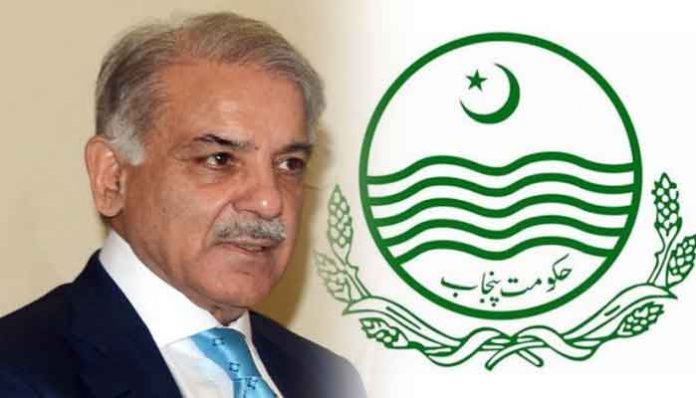LAHORE: Punjab is still facing critical challenges in revenue mobilisation despite announcing ambitious medium to long-term holistic approach, highly placed revenue department sources reveal.
Realising economic growth of 8 per cent, Punjab government could only be able to announce an ambitious medium to long-term holistic approach for revenue mobilisation and enhanced fiscal space, however, the province stayed in narrow tax-base lane following a mix of tax policy and administration challenges.
The sources said that Punjab government had announced Punjab Growth Strategy 2018 on March 2015, envisaged outcomes of the strategy, however, the province still is confronted with issues of (i) broadening the revenue base including both tax and non-tax revenue; (ii) increased integration/use of IT software and different facilities; (iii) enhance efficiency and effectiveness of the tax system; and (iv) encourage taxpayer’s voluntary compliance and increase their satisfaction.
They said that provincial resource envelopes Rs 1,970.7 billion for fiscal 2017-18, which is only 12.3 percent higher than the revised estimates last fiscal, including Rs 1,154 billion from the federal divisible pool as Punjab’s share in National Finance Commission Award. The resource envelope includes a contribution of Rs 348.0 billion from provincial own source revenue including Rs 231.0 billion from tax revenue and Rs 117.0 billion from non-tax receipts of the Government.
They said that Punjab is still dependent on its major source of revenue that is its share in the Federal divisible pool of taxes, projected at Rs 1,013.068 billion for FY 2016-17 as per the revised estimates. This translates into Compound Annualised Growth Rate of 15.5 per cent in such revenues over the four year period since FY 2012-13
It was pointed out that Punjab is facing policy or jurisdictional overlaps between federal, provincial and local governments namely, large tax exemptions, low compliance and weaknesses in tax administration and coordination across the province’s revenue bodies. Relevant departments, including finance and the revenue authorities, lack the requisite skills to carry out tax policy research or analysis” sources added.
Furthermore, tax evasion has been made easy by the absence of efficient coordination mechanisms to share data between departments (although there have been isolated efforts towards automation), as well as the lack of economic, sectoral and taxpayer data at the provincial level.
‘As a result, the government has an incomplete picture of the tax system and its potential’ sources said.
It is not surprising that Punjab’s revenue collection has generally fallen short of targets. The GSTs makes the largest contribution to Punjab’s own-source revenue collection, after collecting Rs 59.0 billion in fiscal 2016, it now comprises 39 per cent of total tax revenue in Punjab but the actual GSTs collections are only around 30 per cent of their potential.




